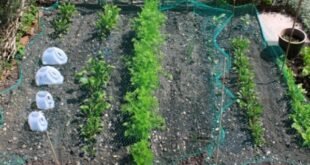Water is critical in disaster situations, often becoming the most immediate need. While humans can live for up to three weeks without food, they can only survive about three days without water, underscoring its vital importance. In disaster scenarios, access to clean water is crucial for health and survival, making effective water sanitation and hygiene practices essential. Ensuring safe water supplies and maintaining proper hygiene are key components of disaster response, as contaminated water can lead to outbreaks of diseases. In these contexts, preparedness beforehand and awareness of water sources and treatment methods is necessary for communities to minimize the risks associated with waterborne illnesses. Understanding the relationship between water, sanitation, and hygiene can further enhance survival strategies in dire situations. Always remember to prioritize water needs and hygiene practices in any disaster plan. Keeping informed about water-related risks and management solutions is essential for improving outcomes during emergencies. For a deeper understanding, refer to previous articles discussing water sanitation and hygiene.
Read this related Trek here:
Water Sanitation & Hygiene in a disaster scenario

 Trek.pub Trekking around the net
Trek.pub Trekking around the net



